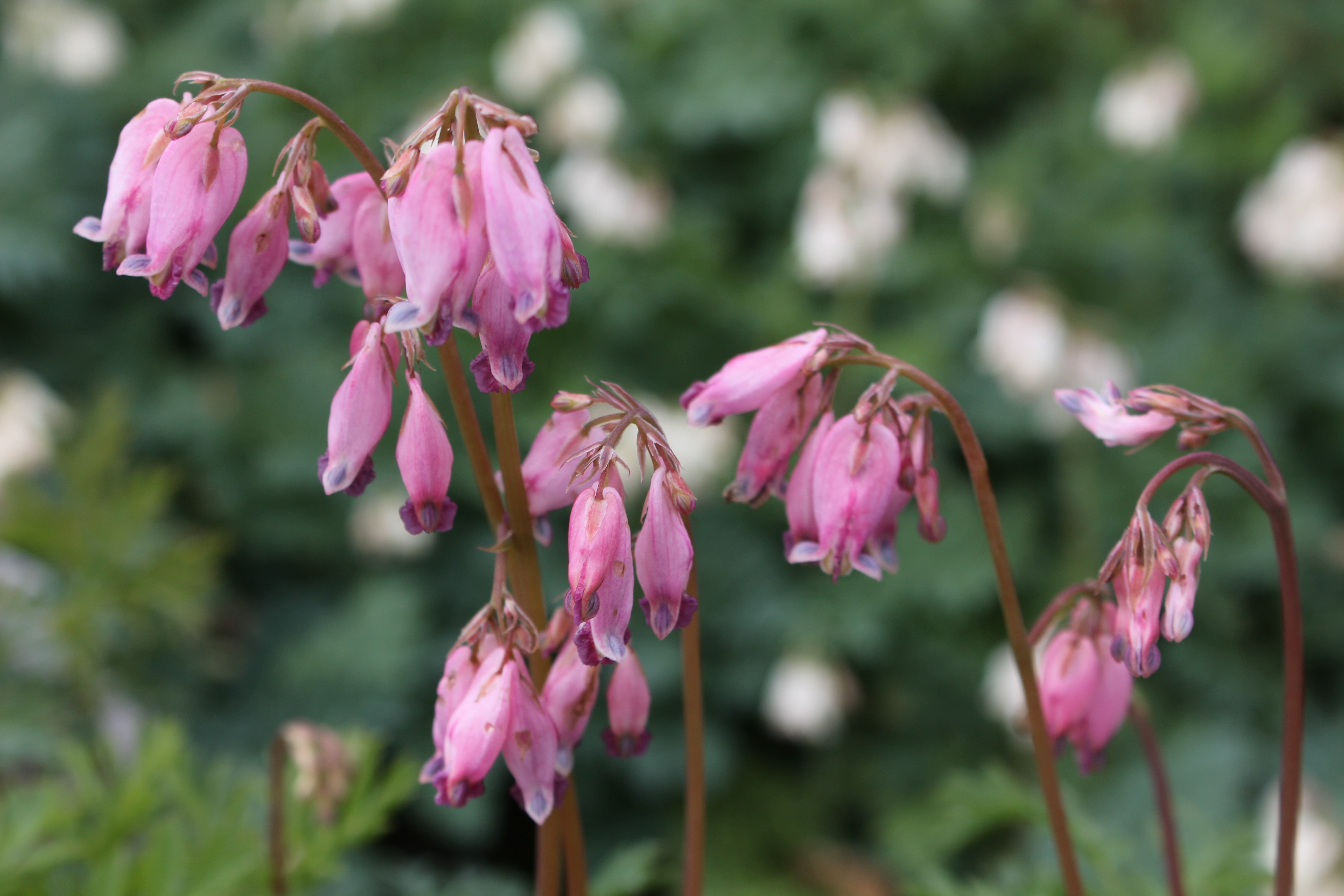Dicentra formosa 'Spring Magic'
Approx. 0.5 litre pot
About this cultivar:
Dicentra formosa 'Spring Magic' is a 2008 introduction from Adrian Bloom. The fern like foliage makes great ground cover - like other formosa species. Try 'Pearl Drops' if you prefer a white flower. The species name 'formosa' comes from the feminine form of the latin 'formosus' meaning 'finely formed, handsome, beautiful'.
In cooler climates/areas/seasons, flowering may continue throughout the summer, but in the hotter climates/areas/seasons, the flowering will generally stop in hot weather, with a possible rebloom occurring when the weather cools in late summer or early autumn. Given adequate moisture, foliage remains attractive in summer, and may produce an attractive groundcover effect
- Position: Full sun, partial shade, full shade
- Soil: Almost any soil, grows well in Ballyrobert
- Flowers: April, May, June, July, August
- Other features: Great Ground Cover
- Hardiness: H5 - Hardy in most places throughout the UK even in severe winters (-15 to -10°C), Fully hardy - grows well in Ballyrobert
- Habit: Clump forming, bushy, Pendulous or Weeping
- Foliage: Deciduous
- Height: 15 - 45 cm (0.5 - 1.5 ft)
- Spread: 40 - 75 cm (1.3 - 2.5 ft)
- Time to full growth: 2 to 5 years
- Plant type: Herbaceous Perennial
- Colour: Green, pink
- Goes well with: Carex, Polygonatum, Hosta, Pulmonaria
About this genus:
Dicentra is a genus of perennial herbaceous plants in the poppy family (Papaveraceae). Commonly know as Dutchman's breeches, lyre flower, lady in a bath or bleeding hearts because of the shape of the flower. The first plants specimens were introduced into Europe in 1816 but were lost only to be re-introduced in the 1840s from Japan by the Scottish botanist and plant hunter Robert Fortune.
We *heart" Dicnetra in our garden at Ballyrobert! Easy to grow, beautiful drooping habit, wonderful flowers, attractive foliage, long blooming and coming in a variety of shapes, size and colours; what is not to like?!?
Depending on the cultivar the flowers can come in yellow, white, pink, and red and the foliage can vary from almost purple to very light green. Some love full sun and some love full shade but most will grow in almost any soil or situation.
They pair well with Carex, Polygonatum, Hosta, Pulmonaria - try them or you'll have a broken heart.


